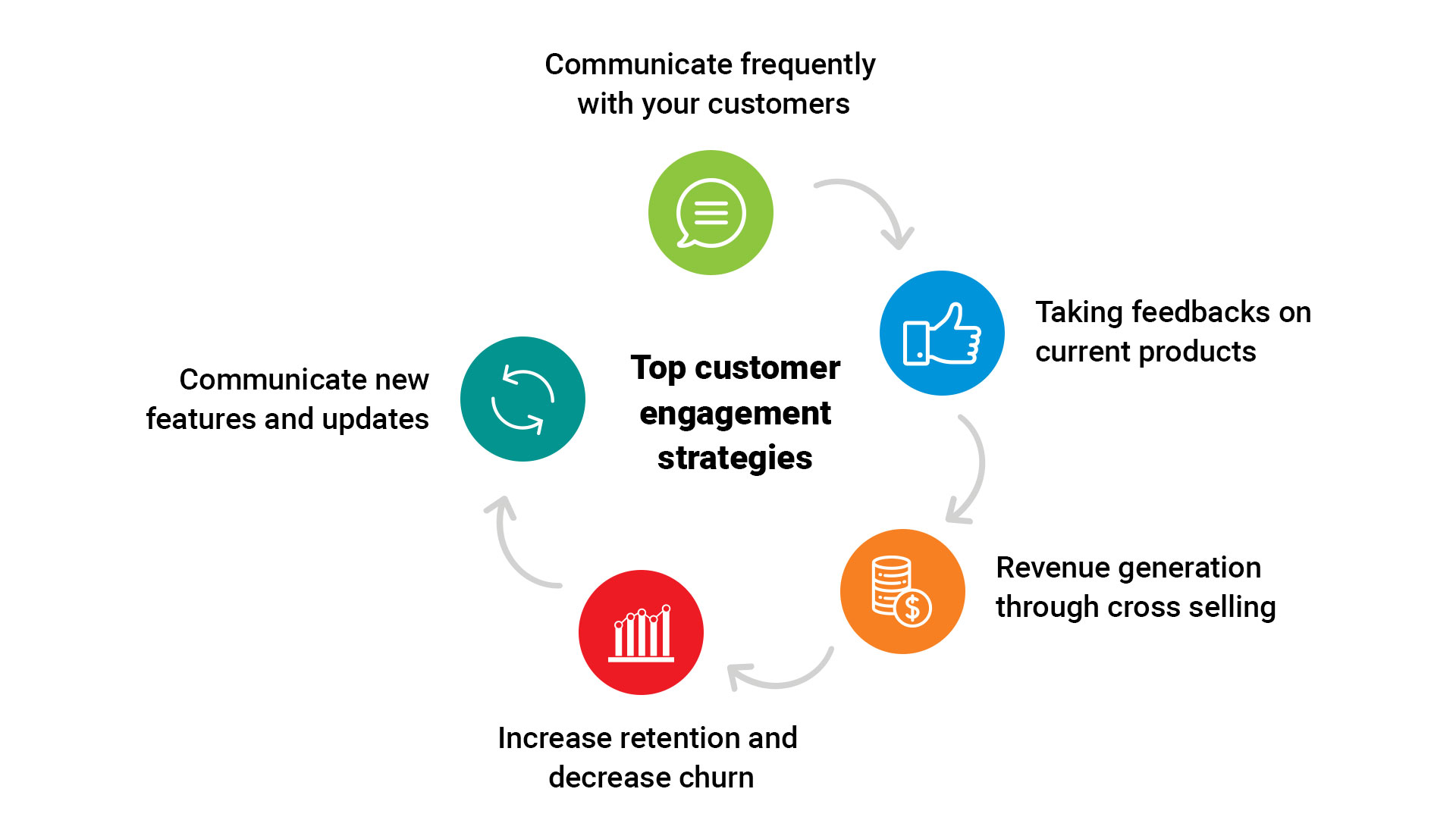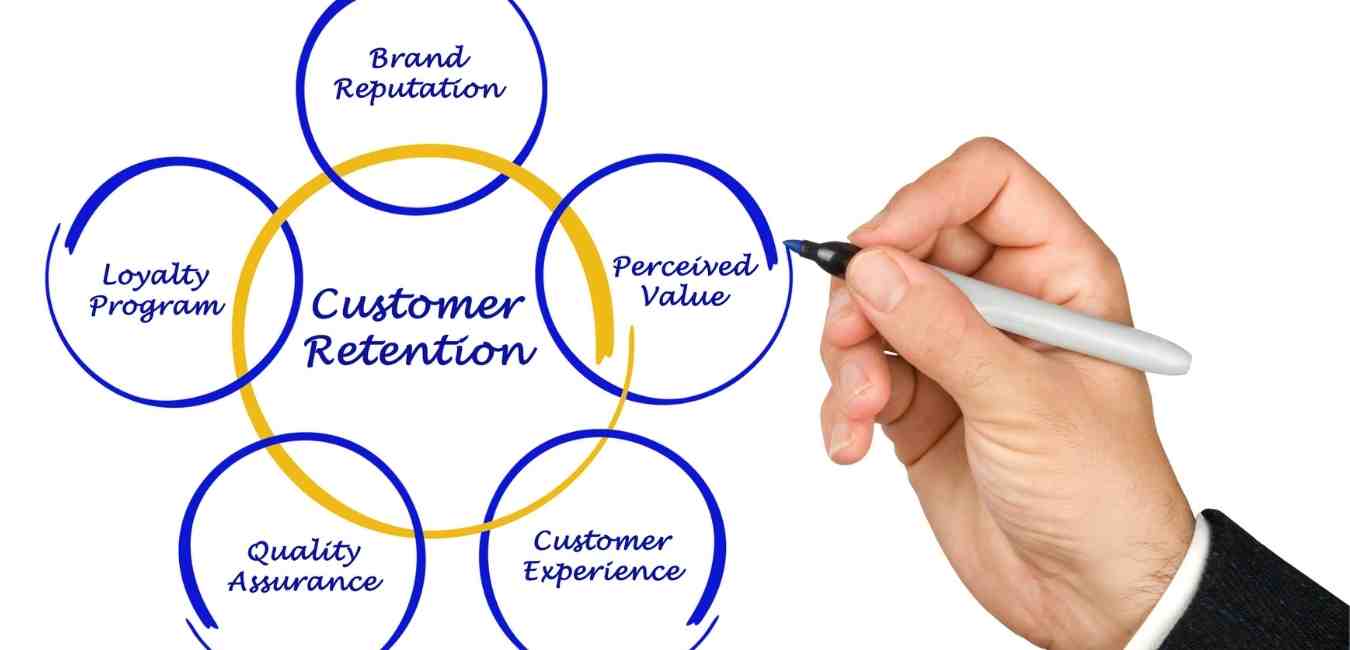
Table of Contents
ToggleWhat is Lean Startup Methodology?
The Lean Startup Methodology is an approach to building and managing startups that focuses on rapidly developing products and services while continuously learning and iterating based on customer feedback. The term was popularized Eric Ries in his 2011 book, The Lean Startup. The methodology encourages entrepreneurs to build minimum viable products (MVPs), test them in real market conditions, and gather insights to refine the product iteratively.
At the heart of the Lean Startup approach is the principle of “validated learning,” which allows businesses to make data-driven decisions rather than relying on intuition or guesswork. This process enables startups to pivot (make significant changes) or persevere (continue down the same path) based on real-world feedback from actual customers.
Core Principles of Lean Startup Methodology
-
Build-Measure-Learn Cycle
The Lean Startup process revolves around the Build-Measure-Learn feedback loop. This cycle encourages rapid experimentation and the development of MVPs, which are the simplest version of a product that can still provide value to customers.- Build: Start developing an MVP to test your hypotheses with real users.
- Measure: Collect data on how users interact with your product. This could include metrics like user engagement, conversion rates, and customer feedback.
- Learn: Analyze the data and determine whether your assumptions about the product or market are correct. Based on this learning, decide whether to pivot (change your strategy) or persevere (continue improving the product).
-
Minimum Viable Product (MVP)
An MVP is a key component of the Lean Startup approach. Rather than launching a fully developed product, startups create a basic version that includes only the essential features required to solve the core problem for early users. This allows businesses to enter the market quickly, reduce development time, and test their ideas with real customers.The goal is to learn from users as early as possible and refine the product based on their feedback, rather than wasting resources on building features that might not be needed or desired.
-
Validated Learning
Validated learning is about making decisions based on real data rather than assumptions. Startups need to test their hypotheses, measure results, and use the insights gained to guide their decision-making. This helps businesses avoid the risk of building a product that customers don’t want and ensures resources are being spent efficiently. -
Innovation Accounting
Innovation accounting is a method used https://businesscity.us/ to measure progress and determine whether the product development process is on track. Instead of relying on traditional financial metrics, such as profits or revenue, startups use specific innovation metrics like customer acquisition cost, customer retention rate, and lifetime value to assess the product’s success.By focusing on actionable metrics that correlate directly with customer behavior, startups can track meaningful progress even before they reach profitability.
-
Pivot or Persevere
The Pivot or Persevere decision is a crucial aspect of Lean Startup methodology. As startups test and learn from their MVPs, they may discover that their initial assumptions are wrong, or they might identify a new opportunity. This is where the decision to pivot (make a significant shift in strategy) or persevere (continue with the current plan) comes into play. By using customer feedback, data-driven insights, and ongoing experimentation, entrepreneurs can make informed decisions about the future direction of their business.
Benefits of Lean Startup Methodology
-
Faster Time to Market
By focusing on MVPs, startups can launch products faster than with traditional development methods. This allows businesses to get early feedback from customers, reduce the time spent on untested features, and quickly identify product-market fit. -
Reduced Risk
Lean Startups minimize the risk of failure using continuous customer feedback and data analysis to validate assumptions early. By testing hypotheses with real customers before committing large amounts of resources, startups can avoid expensive mistakes and make smarter decisions. -
Cost Efficiency
The Lean Startup approach is inherently cost-effective. By building an MVP, testing it with a small audience, and iterating quickly, startups can save time and money compared to traditional development cycles. This allows them to allocate resources more efficiently and focus on high-impact activities. -
Improved Customer Insights
Through the iterative process of testing and gathering feedback, startups gain deep insights into customer needs, preferences, and pain points. This allows businesses to develop products that better align with market demands, improving customer satisfaction and increasing the likelihood of success. -
Flexibility and Adaptability
Lean Startups embrace change and encourage experimentation. By prioritizing flexibility and adaptability, businesses can pivot quickly if needed, responding to shifts in market conditions or customer preferences. This ability to adapt helps startups remain competitive and resilient in a constantly evolving landscape.
Lean Startup Methodology in Action
Several successful companies have adopted the Lean Startup methodology to bring innovative products to market more efficiently. For example:
- Dropbox: Before developing its full product, Dropbox used an MVP video to demonstrate how their file-sharing service would work, which helped gauge user interest and gather feedback.
- Airbnb: In its early days, Airbnb founders tested their concept renting out air mattresses in their apartment during a conference, gathering customer feedback to refine their offering.
- Zappos: The online shoe retailer started testing customer interest with a simple website. They would take pictures of shoes from local stores and list them online, testing whether customers would be willing to buy them before building an inventory.
These examples demonstrate how Lean Startup principles enable businesses to validate their ideas quickly, gather insights from real customers, and iterate on their products with minimal upfront investment.
Conclusion
The Lean Startup methodology has revolutionized the way businesses approach innovation, offering a systematic yet flexible framework for building products and growing startups. By emphasizing rapid iteration, customer feedback, and data-driven decision-making, entrepreneurs can create products that truly meet the needs of their target market while minimizing the risk of failure.
Whether you’re just starting out or looking to refine your business model, adopting Lean Startup principles can help streamline your development process, reduce waste, and increase your chances of long-term success. Embrace the Build-Measure-Learn cycle, focus on MVPs, and let validated learning guide you toward the next big idea.








